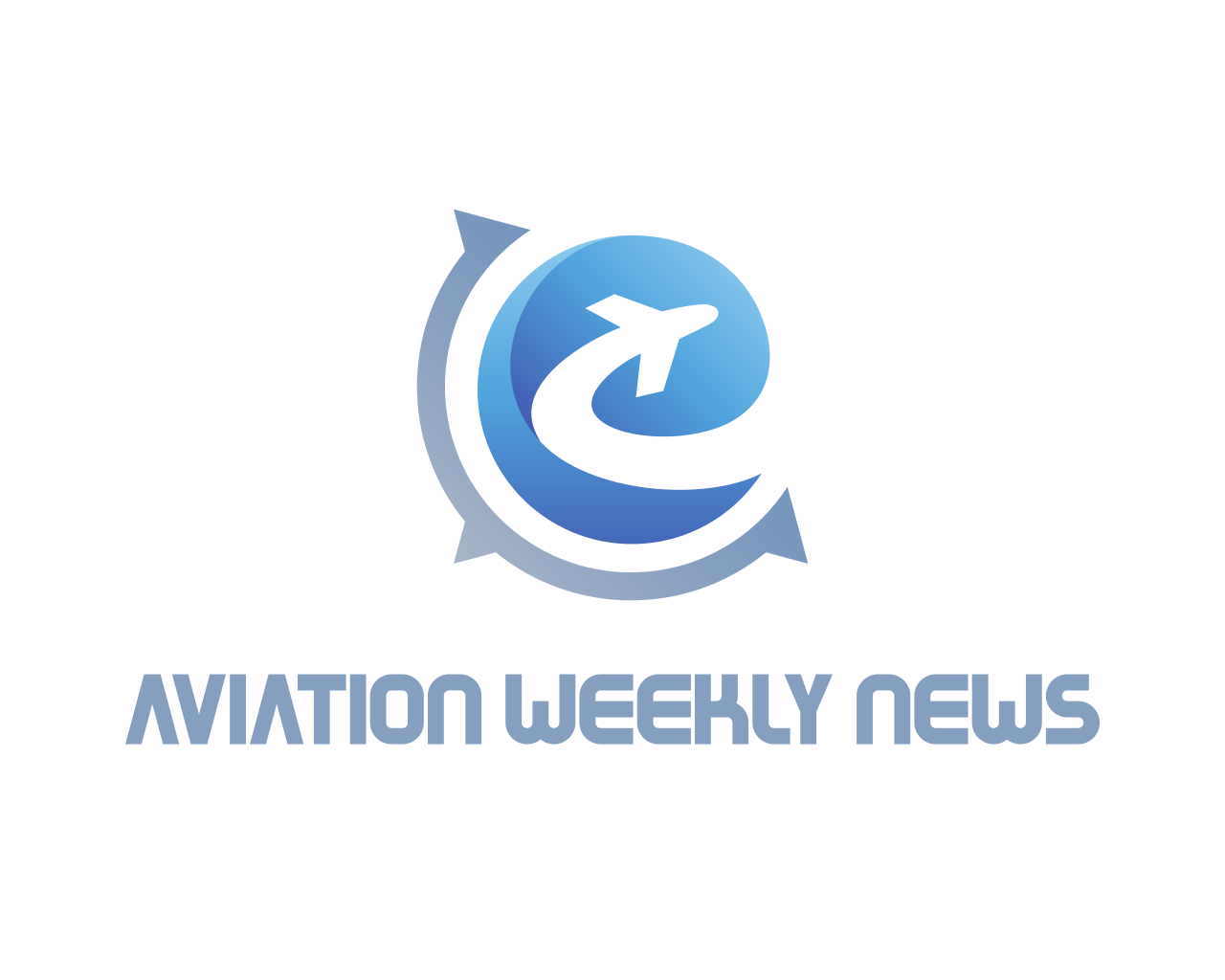Textron delivers first SkyCourier to FedEx
Photo: Business Wire
Textron Aviation announced Monday it had delivered its first production Cessna 408 SkyCourier twin utility turboprop to FedEx Express.
The aircraft which was launched in 2017 is the first clean sheet twin utility turboprop in a long time, development was started to meet a request by FedEx for a new generation small turboprop to its FedEx feeder branch. FedEx who is the launch customer for the type took delivery of its first aircraft on Monday, the company has ordered 50 aircraft with options for 50 more. The type completed its first flight in 2020 and achieved FAA type certification in March after 2,100 flight test hours and almost 2 years since its first flight. It is important to note that certification was completed rather quickly, this is due in large part to the aircraft being a relatively simple design and using proven in production parts.
TRU Simulation + Training also announced recently that its Cessna SkyCourier Full-Flight Simulator (FFS) earned Level D qualification from the FAA, this has allowed pilot training for the SkyCourier to begin.
In a statement Textron Aviation CEO Ron Draper said: “We’re thrilled to deliver this aircraft that will help FedEx serve its customers more efficiently as it is designed with the option to carry industry-standard prepacked cargo containers we believe many other air freight, passenger and special mission operators also will benefit from the winning combination of low operating costs and unparalleled lift capacity that the new Cessna SkyCourier brings to the market.”
The aircraft is powered by two Pratt & Whitney Canada PT6A-65SC turboprop engines attached to two four-bladed McCauley C779 110-inch-diameter aluminum propellers, single-point pressure refueling, it has a maximum cruise speed of 200 knots, and a 900-nm range. The cockpit features Garmin’s G1000 NXi avionics.
In a cargo configuration it can hold up to three LD3 shipping containers with a 6,000Ib payload capacity, it can also be configured to carry 19 passengers or a combi (cargo/passenger) configuration. The type is also certified for single pilot operations, a big selling point for operators.

